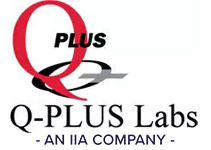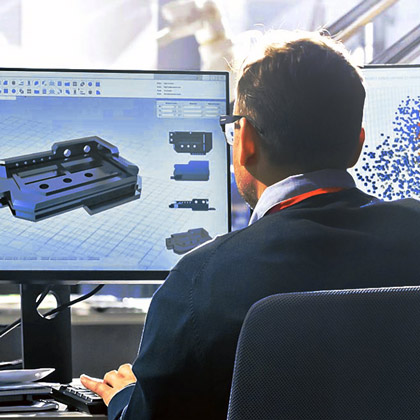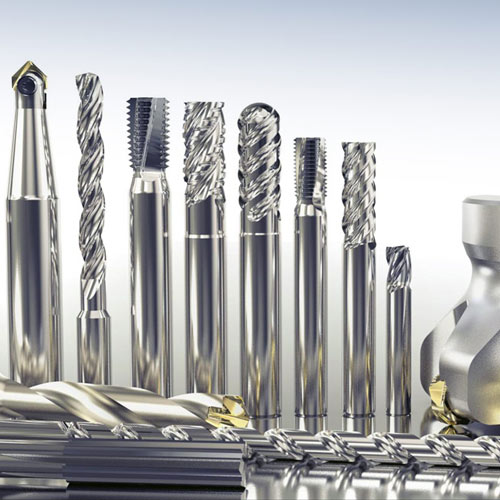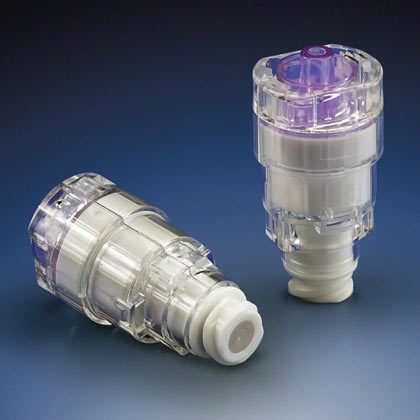Most production and manufacturing development systems include quality inspection in the process. Often, these quality roles are independent teams with the purpose of safeguarding against sub-standard manufacturing from EVER reaching customers. Does your quality process accomplish this at a high rate? If not, this indicates that gaps or errors exist in your overall manufacturing and quality process.
In manufacturing, there is often difficulty maintaining a “quality to speed balance,” resulting in a backlog during the quality inspection process. This backlog, often called the bottleneck effect, is frequently due to inefficient quality inspection procedures alongside insufficient equipment and software training, leading to reduced throughput or completely suspending production. If your company’s quality process has become a bottleneck, the answer may be to resist the gut reaction of stripping away control or steps in the process, but actually increasing authority to your team.
Whether your quality goal is to simply meet industry standards, five nines, or lean six sigma, the answer is often the same, allowing more involvement and authority to your quality department, not reducing the quality process when bottlenecks occur. The gut response is often to reduce oversight or hand the quality inspection process to another department, expecting the added layer will either make better decisions or teach your existing quality department how to reduce the defect rate to improve delivery timelines. Quality inspections are a “profit consuming” step in the overall manufacturing process, but when the quality department loses its authority, the whole function becomes meaningless.
Additionally, companies might try to increase throughput by reducing the quality department’s authority, so less (or no) approvals are needed to proceed. This “last resort” is very dangerous as it amounts to gambling with quality and “betting” on the manufacturing process’s accuracy. A company’s quality process does not insert or produce the quality; it only observes it. The overall quality comes from the design (engineering), manufacturing, and assembly. Reducing your quality department’s involvement or authority will not make these functions do their job better, nor will it make your overall quality improve. Even from the design and manufacturing side, this reduces quality as your quality department might be able to provide insight and possible solutions for the quality issue during the design and manufacturing stage.
Identifying the Problem and Determining the Solution for Quality Issues
There are four scenarios that most quality issues fall into: (1.) Your quality process detects it, but defects/flaws get through anyway. (2.) Your quality process doesn’t detect it. (3.) Your quality process detects it, stops it, and your throughput is suffering. (4.) The process of determining issues is too slow.
Let’s have a look at four quality throughput issues:
Problem #1: Quality detected defects/flaws and quality goals are not being met, and the defects/flaws are reaching customers.
Solution #1: Find out why defects/flaws are getting to customers knowingly. At what stage were the defects/flaws detected? Who detected it? Why was the defect/flaw allowed through? Does your quality department have the authority to stop a shipment with defective production? Is someone overriding your quality team’s authority? Are your business values being compromised?
This can be a “back to the drawing board” type of dilemma. What comes first, quality or throughput? If your business decides that it is willing to ship sub-standard production in order to hit shipping deadlines, it is best to stop with the false pretext of quality and change the standard to something you can pass. Now your quality department can do its job, and you can afford to let it. You will simply have to accept that the quality standards will be lower, and issues may arise with customers.
Problem #2: Quality expectations are not being met, and your quality function does not detect it. This is possibly the worst scenario of the three. Out of all the possible quality bottleneck problems, this is possibly the most dangerous and difficult to fix.
Solution #2: Find out why your quality function is not detecting the poor quality. Does your quality department lack the tools or necessary training? Are they not inspecting enough material or product to detect the defects/flaws? Do your specifications address the defects/flaws? Does the department lack the authority to prevent defects/flaws from escaping? This scenario will force your business to make hard-behavioral adjustments to change and improve systems.
For both problems 1 and 2, address the quality function gaps first. Once you are satisfied, the quality function is capable and correct, begin addressing the source of the defects/flaws in design and production. Use your quality department to continue to address those issues and improve in the future.
Problem #3: Quality expectations are not being met, quality is catching it, and your throughput is suffering.
Solution #3: In this scenario, do not change anything with your quality team, unless to congratulate them for doing their job! Fix the problems in design and production that are causing the poor-quality output. Exception: if your quality department uses different (often higher) standards than the rest of your business, set new standards, most likely with more accurate specifications for the process.
Problem #4: Quality goals are generally satisfied, but the process of assessment is too slow.
Solution #4: This is similar to problem and solution #2. Find out if your quality department needs more tools, better equipment, or training, increased workforce, or lastly (if possible) reduce the inspection process to resolve the inefficacy. But do not take away the quality department’s power to make the final call.
Notice that the answer is to strengthen the quality function’s authority in every scenario, not to reduce it. Again, the key to increasing throughput from quality is to increase its ability to make decisions.
I hope we have made the case for why the quality department’s function is so important. For most scenarios surrounding quality issues, the solution is most likely to increase your quality department’s involvement and authority, not the opposite. Of course, companies must hold the quality department accountable for their role and authority too.
Laser Scanning – Additional Perspective for Reducing the Quality Bottleneck
Can it be Done with Laser Scanning vs. a CMM or Vision System?
Laser scanning has been around for more than 20 years. Although there is no shortage of applications for these systems, there are plenty of reasons why more and more companies have started replacing older measuring technology (such as CMM’s) with laser scanners. If the tolerances allow, laser scanners can dramatically increase inspection productivity, both through acquisition speed and ease of programming (often at the line level, reaching toward additive manufacturing). Second, they tend to offer better insights into deviations earlier in the process, presenting fewer and shorter design iterations and a decreased time to market. In addition to these benefits, this non-contact method of inspection eliminates the need for expensive and cumbersome holding fixtures as required with a conventional tactile probe. Unfortunately, there are drawbacks; laser scanning might not work for tight-tolerance inspection requirements or parts that have difficult line of sight features.
Conclusion:
If your quality process is a bottleneck for your production and a threat to your on-time delivery metrics, consider if it has the authority and ability to make the right decisions, or if its lack of decision-making aptitude is actually the source of your bottleneck problem. Be prepared to increase quality involvement and authority to solve your problems. Also, look at newer inspection alternatives (like laser scanning) to see if new systems and equipment could be the solution.
We Are Here to Help
At Q-PLUS Labs, we are experts in all aspects of dimensional measurement and inspection because it is what we do and have done since 1987. Our goal is to provide you with the best information for your project or purchase in the most efficient and cost-effective ways. If you have questions about how to improve your quality process, schedule a personalized needs assessment by clicking here. Or if you have any other questions simply, contact us today.







